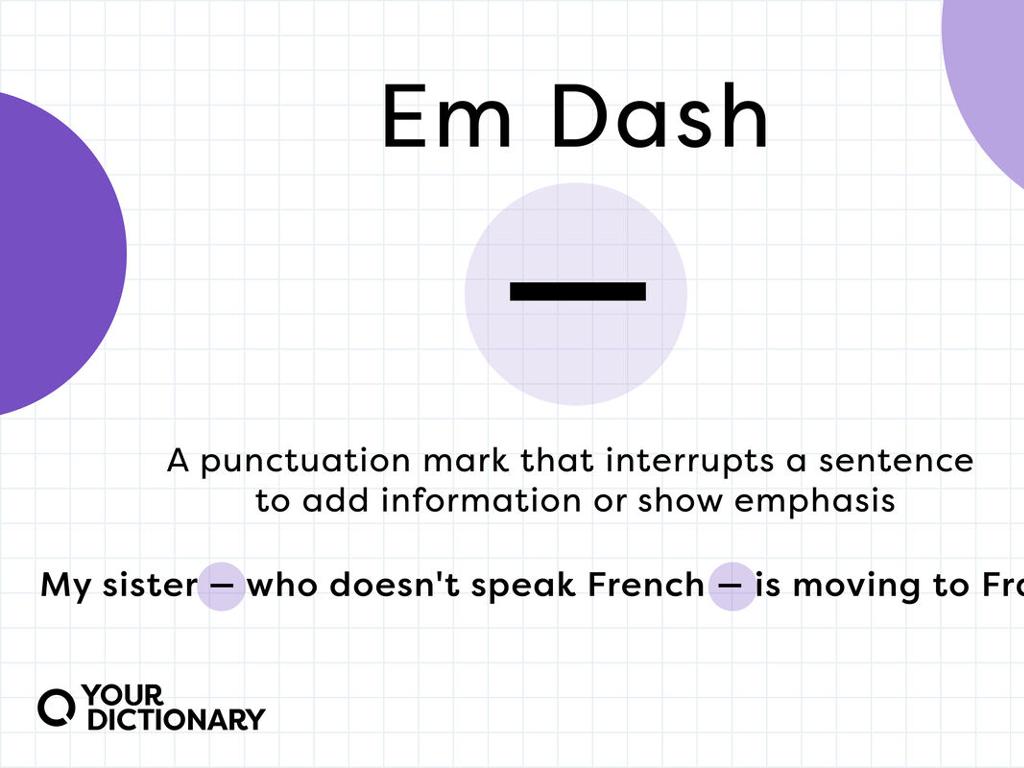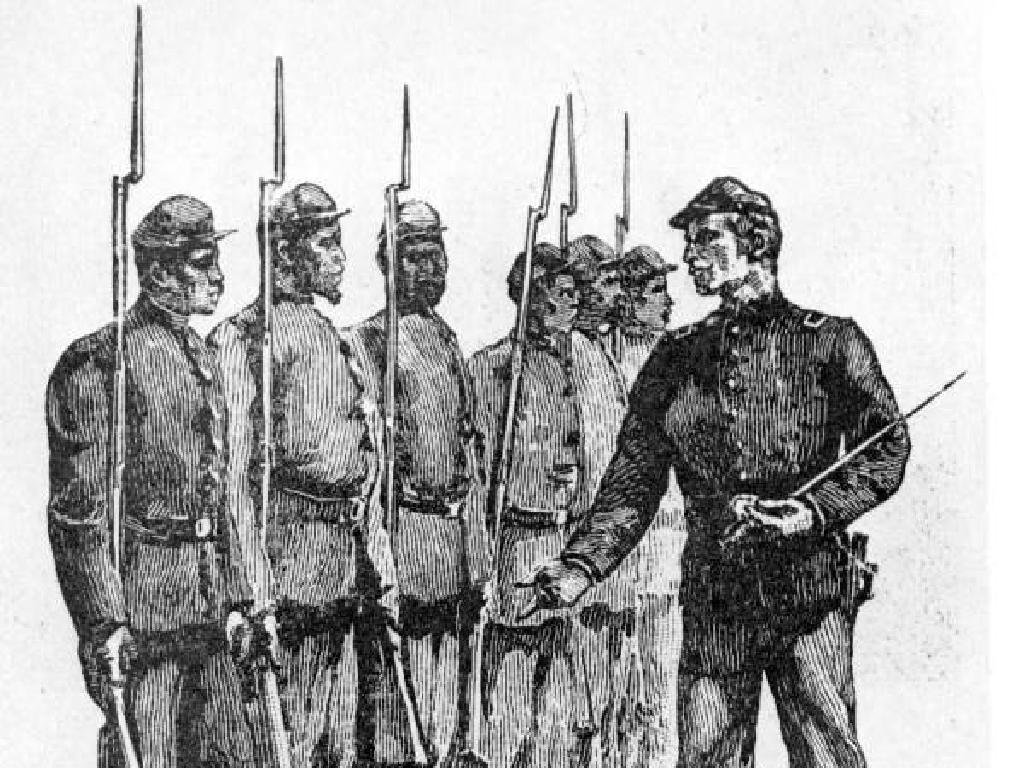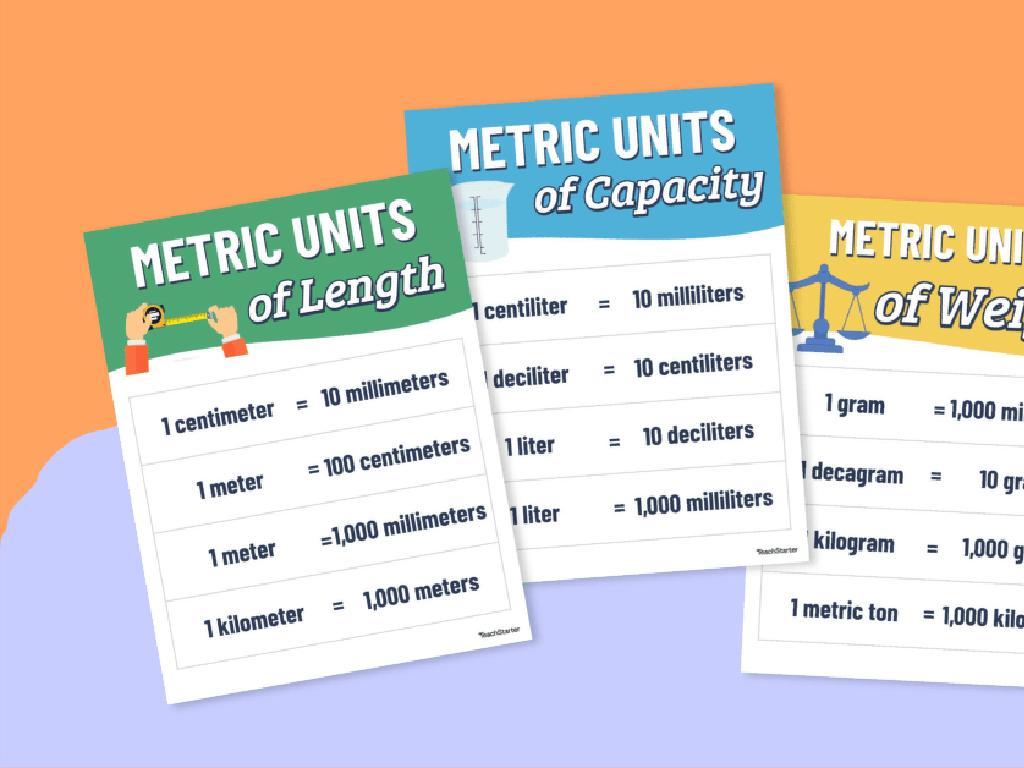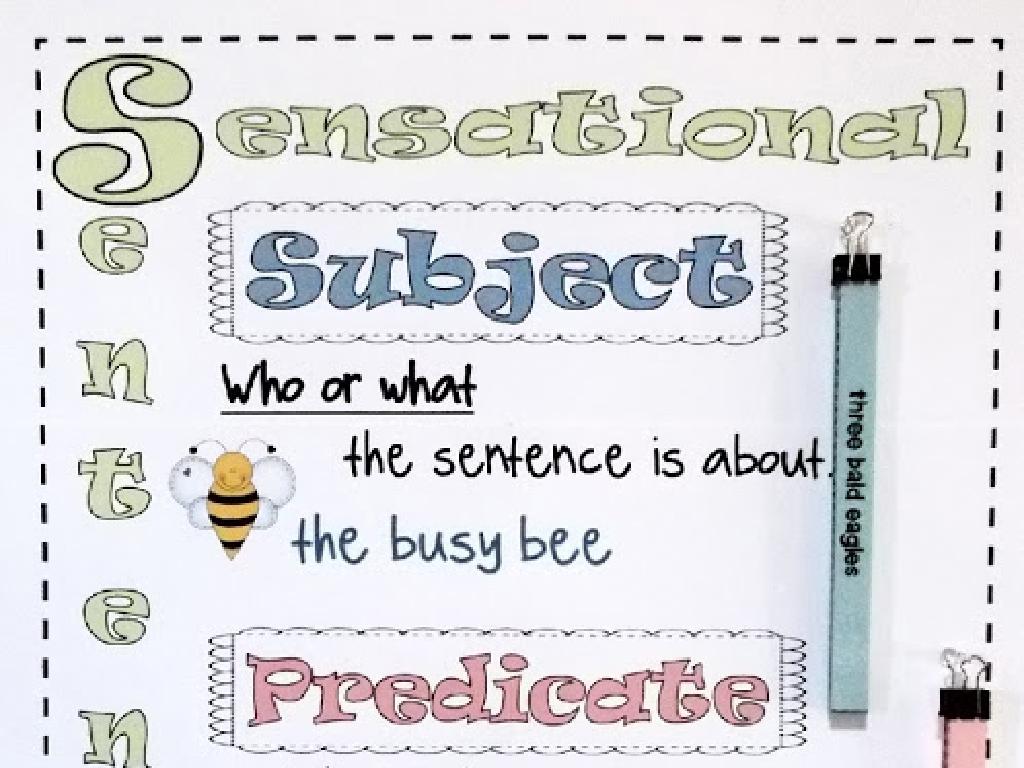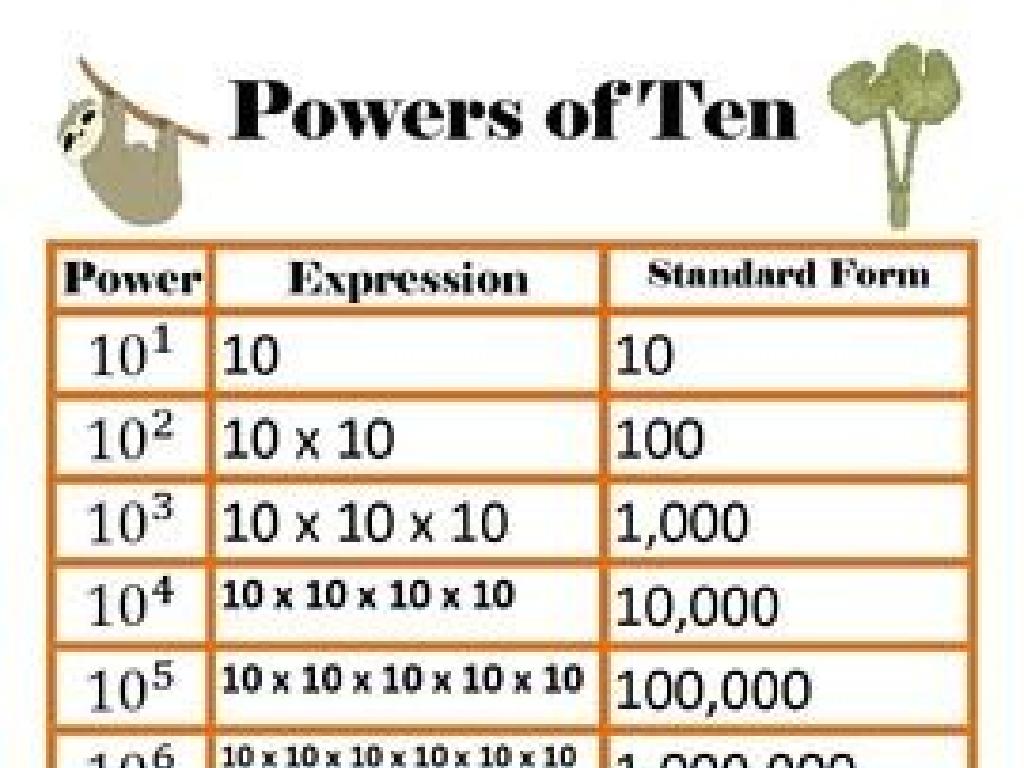Order Alphabetically Based On The First Letter
Subject: Language arts
Grade: Third grade
Topic: Reference Skills
Please LOG IN to download the presentation. Access is available to registered users only.
View More Content
Alphabetical Order: Sorting Words
– Learn to order words alphabetically
– Sorting words helps find info fast
– Knowing alphabet is the first step
– Alphabet knowledge is crucial for sorting
– What’s the first alphabet letter?
– Engage with a question to the class
|
This slide introduces the concept of alphabetical order as a fundamental reference skill in Language Arts. Emphasize the importance of knowing the alphabet to sort words, which makes finding information easier and faster. Engage the students by asking them to recall the first letter of the alphabet, encouraging participation. This will set the stage for interactive activities where students can practice arranging words in alphabetical order. Prepare to guide them through examples and provide support as they learn to sequence letters and words from A to Z.
Alphabetical Order: Sorting Words
– What is alphabetical order?
– It’s arranging words by the alphabet, like ABC.
– Alphabetical order in daily life
– Like words in a dictionary or names in a phone book.
– Finding words in a dictionary
– We use alphabetical order to look up words quickly.
– Sing the ABC song as practice
– Helps us remember the order of letters.
|
This slide introduces the concept of alphabetical order, which is a fundamental skill in reference and organization of information. Explain that alphabetical order is used to sort words based on the letters of the alphabet, starting from A and ending with Z. Provide relatable examples such as finding words in a dictionary or names in a phone book to illustrate the practical use of this skill. Engage the class by singing the ABC song together, which will serve as a fun and interactive way to warm up and reinforce the order of the alphabet. Encourage students to think of other places where they have seen alphabetical order in use, such as in a classroom library or when lining up by last name.
Alphabetical Order: First Letter Sorting
– Start with the first letter
– Look at the first letter to sort words alphabetically.
– ‘A’ before ‘B’
– Words starting with ‘A’ are listed before ‘B’.
– Practice with examples
– Example: Apple, Banana, Cherry – Apple comes first.
– Which word comes first?
|
This slide introduces students to the concept of alphabetical order by focusing on the first letter of words. It’s crucial to emphasize that words are sorted based on the order of letters in the alphabet, starting with the first letter. Use simple, familiar words as examples to illustrate the concept. Encourage students to practice by picking out words from a list and determining which comes first in alphabetical order. This foundational skill will help them with dictionary usage, library searches, and organizing information. During the lesson, engage the students with interactive activities where they can sort words themselves, either on paper or with physical letter cards.
Alphabetical Order: Same First Letter
– Look at the second letter
– If the first letters are the same, compare the second letters.
– ‘Cat’ before ‘Cut’
– Since ‘a’ is before ‘u’, ‘Cat’ comes before ‘Cut’.
– Order: Car, Cat, Can
– ‘a’ is before ‘u’, but ‘r’ is before ‘t’, so ‘Car’ comes first.
– Practice with more words
|
When words begin with the same letter, it’s important to look at the second letter to determine their order. Use examples like ‘Cat’ and ‘Cut’ to illustrate this point. Then, apply this rule to a set of words such as ‘Car’, ‘Cat’, and ‘Can’. Have students practice by finding words in their reading books or environment and ordering them. This will help reinforce the concept and improve their reference skills. Encourage them to think about what happens if the second letters are also the same, and how they might continue comparing subsequent letters.
Hands-On Practice: Alphabetical Order
– Receive a list of words
– Order words by first letter
– For example, ‘apple’ comes before ‘apricot’ because ‘l’ comes before ‘r’
– Check second letter if needed
– If two words start with ‘B’, like ‘bat’ and ‘ball’, look at the second letter to decide
– Practice makes perfect!
|
This activity is designed to help students practice and reinforce their understanding of alphabetical order. Provide each student with a list of words. Guide them to look at the first letter of each word to begin ordering them. If two or more words start with the same letter, instruct them to look at the second letter. For example, with ‘bat’ and ‘ball’, since ‘a’ comes before ‘e’, ‘ball’ would come before ‘bat’. Encourage students to continue looking at subsequent letters if the first two are the same. This exercise will help improve their reference skills and attention to detail. Possible variations of the activity could include using words from a specific category, such as animals or foods, to make it more engaging.
Class Activity: Alphabetical Order Challenge
– Break into small groups
– Receive a set of word cards
– Arrange cards in alphabetical order
– Use the first letter of each word to decide the order
– First to finish gets a sticker!
|
This activity is designed to help students understand and practice the concept of alphabetical order, which is a fundamental reference skill in language arts. Divide the class into small groups to encourage teamwork. Each group will be given a set of word cards. The task for each group is to arrange these cards in alphabetical order as quickly as possible. This will help students to visually recognize and understand the sequence of letters in the alphabet. The competitive element of the activity aims to engage the students and make the learning process fun. The reward of a special sticker provides additional motivation. As a teacher, ensure that you monitor each group and provide guidance if needed. After the activity, discuss with the class the strategies they used to complete the challenge.
Review and Reflect: Alphabetical Order
– Reviewing alphabetical order
– Importance of alphabetical skills
– Helps us organize words, like in a dictionary
– Share your challenges
– Was it hard finding where letters go?
– Discuss what was interesting
– What did you enjoy learning?
|
This slide is meant to recap the lesson on alphabetical order. Start by asking students to recall the steps to arrange words alphabetically. Emphasize the importance of this skill in everyday tasks such as looking up words in a dictionary or finding a book in the library. Encourage students to share their experiences during the activity, focusing on any difficulties they encountered or aspects they found enjoyable. This discussion will help reinforce their learning and provide valuable feedback on the teaching method. It’s also an opportunity to celebrate their progress and address any lingering confusion.
Sorting Words Alphabetically: Homework
– Congratulations on today’s work!
– Homework: Sort a list of words
– Arrange the words I provide in ABC order
– Bring your sorted list next class
– Enjoy reading and sorting at home!
– Practice makes perfect, keep it up!
|
This slide wraps up the lesson on alphabetical order and transitions to the assigned homework. The homework reinforces today’s learning by having students apply their new skills to sort a provided list of words alphabetically. Remind students that this exercise will help improve their reference skills, which are important for looking up words in dictionaries and other reference materials. Encourage them to take their time with the task and to enjoy the process of reading and organizing words. In the next class, we’ll review their sorted lists and celebrate their efforts. Provide clear instructions on how the words should be sorted and offer examples if necessary. Also, remind them to ask for help at home if they need it.

